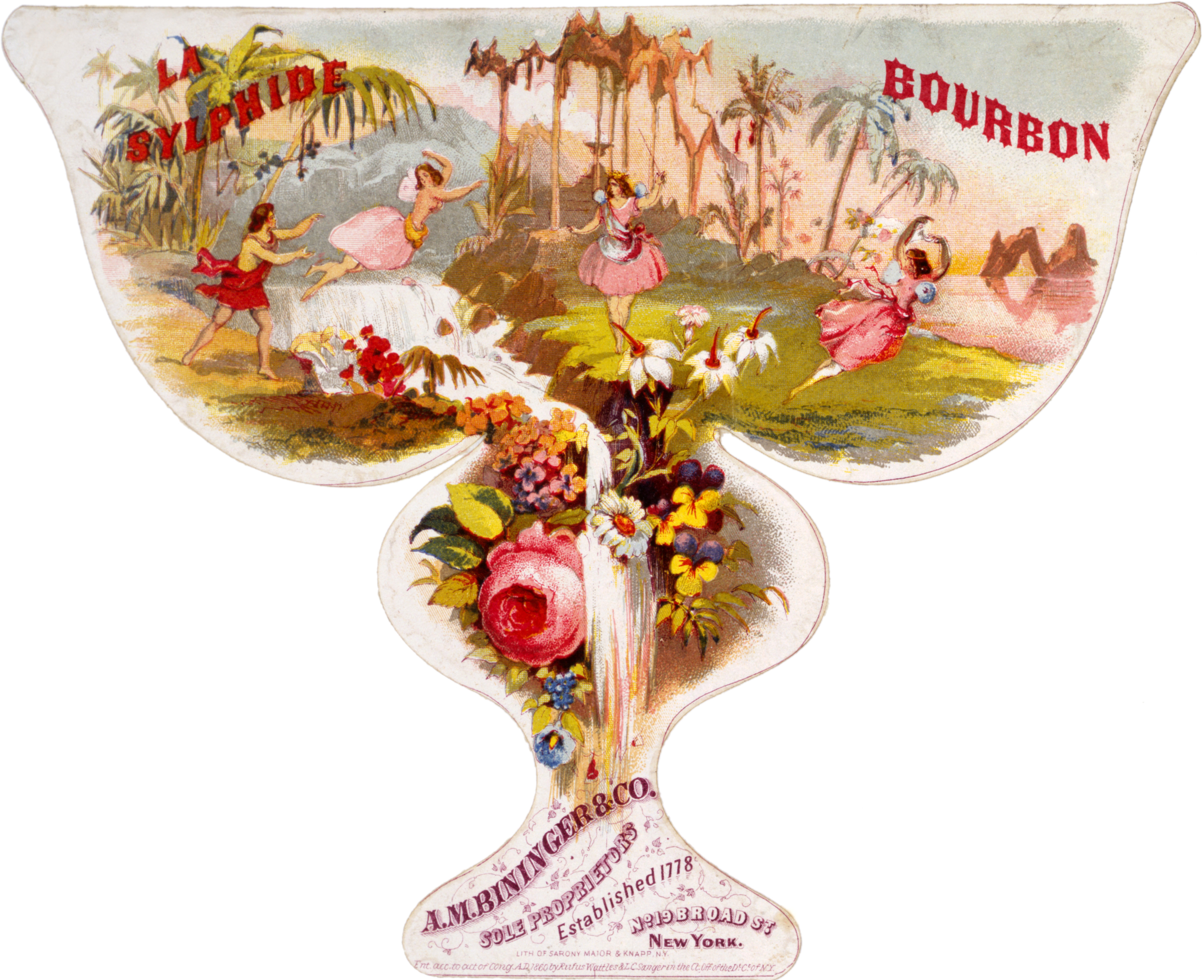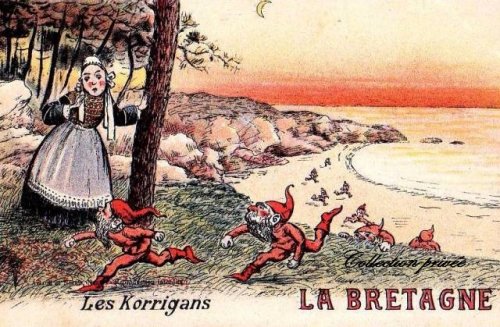|
List Of Geological Features On Ariel
This list of geological features on Ariel itemizes the named geological features on the moon of Uranus called Ariel. Nearly all of the features are named for bright spirits of world mythologies. All information in the tables below comes from the United States Geological Survey. Valleys The grooves running along the median line of chasmata are called '' valles''. Chasms Arielian graben are called '' chasmata''. Craters References {{DEFAULTSORT:List Of Geological Features On Ariel Ariel (moon) Ariel ... [...More Info...] [...Related Items...] OR: [Wikipedia] [Google] [Baidu] |
Moon
The Moon is Earth's only natural satellite. It is the fifth largest satellite in the Solar System and the largest and most massive relative to its parent planet, with a diameter about one-quarter that of Earth (comparable to the width of Australia). The Moon is a planetary-mass object with a differentiated rocky body, making it a satellite planet under the geophysical definitions of the term and larger than all known dwarf planets of the Solar System. It lacks any significant atmosphere, hydrosphere, or magnetic field. Its surface gravity is about one-sixth of Earth's at , with Jupiter's moon Io being the only satellite in the Solar System known to have a higher surface gravity and density. The Moon orbits Earth at an average distance of , or about 30 times Earth's diameter. Its gravitational influence is the main driver of Earth's tides and very slowly lengthens Earth's day. The Moon's orbit around Earth has a sidereal period of 27.3 days. During each s ... [...More Info...] [...Related Items...] OR: [Wikipedia] [Google] [Baidu] |
Hopi Mythology
The Hopi maintain a complex religious and mythological tradition stretching back over centuries. However, it is difficult to definitively state what all Hopis as a group believe. Like the oral traditions of many other societies, Hopi mythology is not always told consistently and each Hopi mesa, or even each village, may have its own version of a particular story, but "in essence the variants of the Hopi myth bear marked similarity to one another." It is also not clear that the stories told to non-Hopis, such as anthropologists and ethnographers, represent genuine Hopi beliefs or are merely stories told to the curious while keeping safe the more sacred Hopi teachings. As folklorist Harold Courlander states, "there is a Hopi reticence about discussing matters that could be considered ritual secrets or religion-oriented traditions." In addition, the Hopis have always been willing to assimilate foreign ideas into their cosmology if they are proven effective for such practical ne ... [...More Info...] [...Related Items...] OR: [Wikipedia] [Google] [Baidu] |
Sylph
A sylph (also called sylphid) is an air spirit stemming from the 16th-century works of Paracelsus, who describes sylphs as (invisible) beings of the air, his elementals of air. A significant number of subsequent literary and occult works have been inspired by Paracelsus's concept: Robert Alfred Vaughan noted that "the wild but poetical fantasies" of Paracelsus had probably exercised a larger influence over his age and the subsequent one than is generally supposed, particularly on the Rosicrucians, but that through the 18th century they had become reduced to "machinery for the playwright" and "opera figurantes with wings of gauze and spangles". Etymology "Sylph" is possibly a blend of from Latin '' sylvestris'' and '' nympha'', ''sylvestris'' being a common synonym for sylph in Paracelsus. Anthon and Trollope note a similar usage in the ''Aeneid'', where ''silvestris'' is taken as an elliptical form of ''nympha silvestris'' ("forest nymph"). Jacob Grimm uses this phrase as a gloss ... [...More Info...] [...Related Items...] OR: [Wikipedia] [Google] [Baidu] |
Pixie
A pixie (also pisky, pixy, pixi, pizkie, and piskie in Cornwall and Devon, and pigsie or puggsy in the New Forest) is a mythical creature of British folklore. Pixies are considered to be particularly concentrated in the high moorland areas around Devon and Cornwall, and in the New Forest area of Dorset and Hampshire. Akin to Anglo-Saxon elves and the Irish and Scottish Aos Sí (also spelt Aos Sidhe), pixies are believed to inhabit ancient underground ancestor sites such as stone circles, barrows, dolmens, ringforts or menhirs. In traditional regional lore, pixies are generally mischievous, short of stature and childlike; they are fond of dancing and gather outdoors in huge numbers to dance, or sometimes wrestle, through the night. Though in the modern era they are often depicted with pointed ears, a green outfit and a peaked hat, traditionally they are described as round eared, and sometimes as wearing dirty ragged bundles of rags which they happily discard for gifts ... [...More Info...] [...Related Items...] OR: [Wikipedia] [Google] [Baidu] |
Akan (ethnic Group)
The Akan () people live primarily in present-day Ghana and Ivory Coast in West Africa. The Akan language (also known as ''Twi/Fante'') are a group of dialects within the Central Tano branch of the Potou–Tano subfamily of the Niger–Congo family.Languages of the Akan area: papers in Western Kwa linguistics and on the linguistic geography of the area of ancient. Isaac K. Chinebuah, H. Max J. Trutenau, Linguistic Circle of Accra, Basler Afrika Bibliographien, 1976, pp. 168. Subgroups of the Akan people include: the Agona, Akuapem, Akwamu, Akyem, Ashanti, Bono, Fante, Kwahu, Wassa, and Ahanta. The Akan subgroups all have cultural attributes in common; most notably the tracing of matrilineal descent, inheritance of property, and succession to high political office. Oral tradition and Ethnogenesis Akan people are believed to have migrated to their current location from the Sahara desert and Sahel regions of Africa into the forest region around the 11th century. Many Aka ... [...More Info...] [...Related Items...] OR: [Wikipedia] [Google] [Baidu] |
Kra Chasma
Kra or KRA can refer to: * Kenya Revenue Authority * Key result area, a management term * Kra (band) * Kra (letter) * Kra Isthmus * Kra Peninsula * Kra River, Malay Peninsula * Kra languages The Kra languages (also known as the Geyang 仡央 or Kadai languages) are a branch of the Kra–Dai language family spoken in southern China ( Guizhou, Guangxi, Yunnan) and in northern Vietnam ( Hà Giang Province). Names The name ''Kra'' co ... * Kra (mythology) * Krita native file extension * Kerang Airport, IATA airport code "KRA" {{Disambiguation ... [...More Info...] [...Related Items...] OR: [Wikipedia] [Google] [Baidu] |
Breton Mythology
Breton mythology is the mythology or corpus of explanatory and heroic tales originating in Brittany. The Bretons are the descendants of insular Britons who settled in Brittany from at least the third century. While the Britons were already Christianised in this era, the migrant population maintained an ancient Celtic mythos, similar to those of Wales and Cornwall. Breton mythology has many gods and mythical creatures specifically associated with nature cults. In this tradition of gods and creatures rooted in nature, there exist traces of certain Breton Catholic saints. * Ankou * Bugul Noz * Iannic-ann-ôd * Korrigan * Cannard Noz * Morgens * Morvan, legendary chief of the Viscounty of Léon * Morvarc'h * Ys See also * Cornish mythology * Matter of Britain * Mythology in France * Welsh folklore * Welsh mythology Welsh mythology (Welsh language, Welsh: ''Mytholeg Cymru'') consists of both folk traditions developed in Wales, and traditions developed by the Celtic Brit ... [...More Info...] [...Related Items...] OR: [Wikipedia] [Google] [Baidu] |
Korrigans
In Breton folklore, a Korrigan () is a fairy or dwarf-like spirit. The word ''korrigan'' means in Breton "small-dwarf" (''korr'' means dwarf, ''ig'' is a diminutive and the suffix ''an'' is a hypocoristic). It is closely related to the Cornish word ''korrik'' which means '' gnome''. The name changes according to the place. Among the other names, there are ''korrig'', ''korred'', ''korrs'', ''kores'', ''couril'', ''crion'', ''goric'',Theresa Bane, ''Encyclopedia of Fairies in World Folklore and Mythology'', p205, 2013, McFarland & Company, ''kornandon'', ''ozigan'', ''nozigan'', ''teuz'', ''torrigan'', ''viltañs'', ''poulpikan'', ''poulpiquet'', and ''paotred ar sabad''. As fairies and dwarves The term is used variously by writers on Breton folklore. Théodore de Villemarqué in ''Barzaz Breiz'' uses the term interchangeably with "fairy" and distinguishes them from dwarves ("nains"). In contrast Walter Evans-Wentz in ''The Fairy Faith in Celtic Countries'' argued that in the ... [...More Info...] [...Related Items...] OR: [Wikipedia] [Google] [Baidu] |




